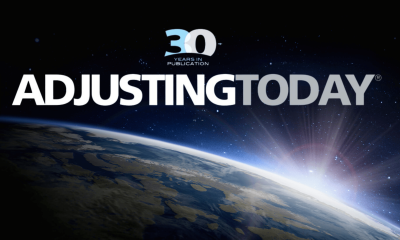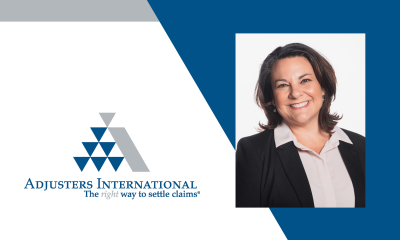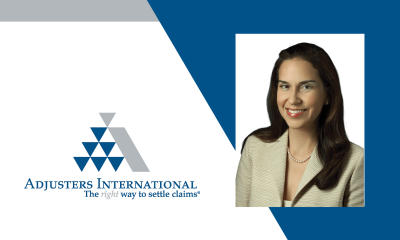Remembering Hurricane Katrina - 10 years later
Nearly one year after Hurricane Katrina, Adjusters International was retained to assist numerous clients, including the City of New Orleans in its recovery from the storm’s staggering and lingering impact, which ultimately encompassed hundreds of millions of dollars in damages. Adjusters International was asked to provide a comprehensive financial recovery strategy and to address the city’s gridlocked federal grant process and insurance claim.
Below is an excerpt from our publication "Responding to the Worst Hurricanes, Storms & Floods"
In New Orleans, Adjusters International’s well-executed strategy and ability to accelerate FEMA funding helped break down the barriers to recovery.
The world’s attention was focused on the city in the days and weeks after Hurricane Katrina hit, as its citizens endured significant and extended hardship and despair. Serious questions were raised regarding disaster preparedness, triggering concerns about similar events in the future, not only in the Gulf Coast region, but in cities, states and nations around the world.
Nearly one year after the catastrophic storm, Adjusters International was retained to assist the City of New Orleans in its recovery from Katrina’s staggering and lingering impact, which ultimately encompassed hundreds of millions of dollars in damages. Adjusters International was asked to provide a comprehensive financial recovery strategy and to address the city’s gridlocked federal grant process and insurance claim.
As is the case with most localities devastated by a major disaster, emergency protective measures quickly exhausted cash reserves. Without funding in place prior to signing contracts, the city’s greatest dilemma was that its procurement process was on hold. Expediting funding was the main objective and top priority.
Adjusters International was quickly able to jumpstart the insurance recovery by working with the insurance adjuster to provide the city with advances on their claim. Adjusters International also determined that initial project worksheets written by FEMA officers did not accurately reflect the scope of damage or provide the proper cost estimates for reconstruction.
Furthermore, Adjusters International’s professionals were successful in helping to reformulate project worksheets and accelerate the flow of FEMA funding.
In the end, Adjusters International played a pivotal role in the rebirth of a city that long was and is once again a unique part of American culture.
Responding to the Worst Hurricanes, Storms & Floods Clients know they can count on Adjusters International to do the “write” thing.
Just two weeks before Hurricane Katrina struck, officials at the Port of Gulfport, Mississippi, announced that the Port had set a new record for tons of cargo moving across its docks. The figure was more than 2.5 million tons for that fiscal year.
After Katrina struck, the Port’s owner — the Mississippi State Port Authority (MSPA) — was left with more than $100 million in disaster-related damages to warehouses, offices, piers, wharfs, railways, catwalks, fender systems, high mast lighting systems and a small craft harbor.
MSPA retained Adjusters International to coordinate its financial recovery for FEMA-eligible projects. Urgently needed was a solution to a widespread problem in the Mississippi Gulf region: how do FEMA applicants properly estimate costs for major projects in a post-hurricane environment?
MSPA was one of many organizations that were not fully reimbursed in the early, chaotic days of the disaster. FEMA officials had used a basic cost estimating methodology that did not provide a full and accurate estimate of the scope of work and associated costs necessary to repair damages.
From their familiarity with FEMA’s cost estimating process, Adjusters International’s professionals recognized the need to consider post-disaster cost escalations and project difficulties. They authored a convincing position paper to FEMA supporting their case that FEMA should utilize their own forward pricing Cost Estimating Format (CEF) in Mississippi. As a result, MSPA recovery funding was increased by approximately $45 million to $55 million above the basic cost estimates originally calculated.
Adjusters International’s effort led to one of the most important overall developments in Mississippi’s post-Katrina recovery. Adjusters International assisted the Mississippi Emergency Management Agency in convincing FEMA to implement the Cost Estimating Format for alternate and improved projects throughout the state. As a result, applicants saw their project allocations increase on average by 40 percent to 80 percent.













